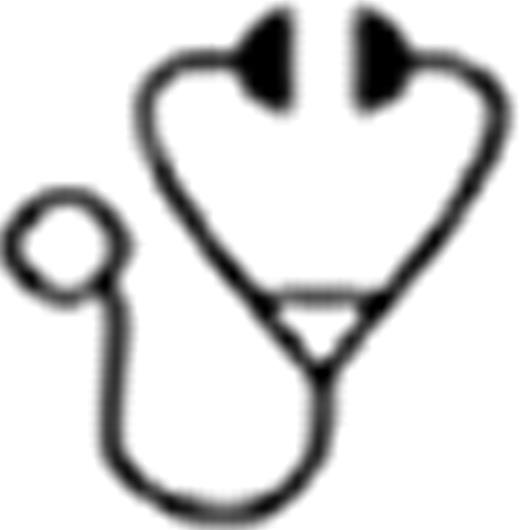Abstract
Abstract 596 FN2
FN2
PCI-32765, a specific inhibitor of Bruton's tyrosine kinase (Btk), can disrupt several signaling pathways involved in tumor microenvironment interactions. In vitro, PCI-32765 has been demonstrated to induce apoptosis, to varying degrees, in tumor cells and prevent CpG-ODN induced proliferation of cultured chronic lymphocytic leukemia (CLL) cells (Herman et al, Blood 2011). PCI-32765 has been shown to be well tolerated in CLL with preliminary clinical trial data showing that >85% (34/39) of patients remained on therapy at a median follow-up of four months. In addition, a significant shrinkage of lymph nodes has been observed in the majority of patients displaying lymphadenopathy. As with other B-cell receptor (BCR) directed therapies, PCI-32765 results in an initial increase in the absolute lymphocyte count. These observations are not explainable by the available in vitro data, demonstrating the need for in vivo investigation. In order to study the effect of PCI-32765 in vivo we chose to use the recently established NOD scid gamma null (NSG) - human CLL xenograft model with some modifications (Bagnara et al., Blood 2011). NSG mice were conditioned with 25 mg/kg busulfan 24 hours before injection of 1 × 108 CLL peripheral blood mononuclear cells previously labeled with 1μM CFSE. We first demonstrated that xenografted CLL cells isolated from the mouse spleen acquire an activated phenotype and proliferate, mimicking the phenotype of CLL cells isolated from human lymph nodes (Sun et al., abstract submitted). Next we sought to use this model to investigate the effect ot PCI-32765 on CLL cell activation and proliferation. Mice received PCI-32765 or vehicle in their drinking water at 0.16 mg/ml dissolved in 1% HP-beta-CD starting at the time of busulfan treatment. Mice were bled weekly and sacrificed between 3 and 4 weeks post xenografting. We found that PCI-32765 treatment resulted in a significant reduction in proliferation (defined as CFSE low cells) compared to mice that received vehicle water; this was observed in all three biological compartments: peripheral blood (84.5% decrease, p=0.007), spleen (72.4% decrease, p=0.012) and bone marrow (92.5% decrease, p=0.049). In comparison, PCI-32765 treatment did not result in a significant reduction in T-cell proliferation in any of the compartments (p>0.4). Although peripheral blood CLL counts were comparable between treated and untreated mice, we found that there were substantially more CLL cells in the spleens of the vehicle treated mice than in those of the PCI-32765 treated mice. In contrast, no differences in T-cell number or localization were observed between treated and untreated mice. Lastly, we sought to determine whether activation of CLL cells in the microenvironment could be blocked by PCI-32765. As we have previously shown, CLL cells in the human lymph node display a gene signature indicating B-cell receptor (BCR) and NF-kB activation compared to CLL cells in the peripheral blood (Herishanu et al., Blood 2011). We used quantitative RT-PCR (pre-designed Taqman Gene Expression assays) to measure expression of representative BCR and NF-kB target genes. PCI-32765 significantly reduced expression of EGR1 (p=0.049), EGR3 (p=0.023) and GFI1 (p=0.023) (BCR signature) and CCL3 (p=0.013) and CCND2 (p=0.046) (NF-kB signature) compared to vehicle treated mice. In addition, we also observed decreases in the proliferation gene signature (CDT1, PCNA and RRM2) (signature score, p=0.035) in the CLL cells from mice treated with PCI-32765; consistent with the assessed CFSE proliferation measurements. Taken together, our results show that PCI-32765 inhibits CLL activation and proliferation in the tissue microenvironment in vivo without affecting T-cell proliferation. These results demonstrate that targeting Btk is sufficient to block key interactions between tumor cells and the microenvironment and thus warrants the use of PCI-32765 as a targeted agent in CLL.
Buggy:Pharmacyclics, Inc.: Employment.
This work was supported by the Intramural Research Program of the National, Heart, Lung and Blood Institute.
Author notes
Asterisk with author names denotes non-ASH members.

This icon denotes a clinically relevant abstract

This feature is available to Subscribers Only
Sign In or Create an Account Close Modal